Jean-Louis was born on the 7th of June 1922 in Paris. After engineering studies, he joined the physics laboratory of the Ecole Normale Supérieure. His parents and their three sons, of jewish origin, were denounced and, with the exception of their youngest child, were arrested in June 1944. They were then deported to Auschwitz-Birkenau, where Jean-Louis was an active member of the internal resistance. Of the four, he was the only survivor, when, after a dreadful transfer on foot to Buchenwald, the deportees were liberated by the American army. After his retirement, he spent much time in remembrance of the deportees, giving talks in schools. He always emphasized the origins of this horror since, as he said, “the Germans are people just like us”. He recalled other genocides, and always with the desire and purpose of making the younger generation aware.
On his return to France in 1945, Jean-Louis Steinberg and his colleague Jean-François Denisse launched in France a new branch of astronomy, the study of the Universe via radio waves. They created within the physics laboratory of the Ecole normale supérieure a radio astronomy group, wih the very active support of the director, Yves Rocard. This was so successful that they were able in 1953 to create in Nançay the radioastronomical station of the Paris Observatory. Jean-Louis Steinberg played a leading role in the organization of the station, and subsequently in the creation of the large radiotelescope, which was inaugurated in 1965 by by General de Gaulle, and was fully operational in 1967. It is still in use.
Starting in the 1960s, France developed a rocket launch system and created, in 1961, the national centre for space studies. And in 1963, Jean-Louis Steinberg founded the Space astronomy Section of the Paris Observatory, at Meudon. Two French Rubis rockets, fitted with radio receivers and very long antennas, were launched in 1965 and 1967. Thus, the very low frequency radio emission of the Milky Way was detected for the first time. Jean-Louis Steinberg was also interested in the radio emission of the Sun, which is very variable because of solar activity. Are solar radio bursts emitted in all directions, or are they beamed? To answer this question, the soviet space probe Mars-3, launched on May 28th 1971, carried the Stereo I experiment, made up of a radio antenna pointing towards the Sun: itbserved solar bursts at the same time as the Nançay solar radio telescopes. The beaming of certain kinds of solar burst was thus demonstrated for the first time.
The work of the laboratory where this research was carried out covered a wide field, ranging from the construction of instruments to the theory of the phenomena being observed. Jean-Louis Steinberg is to be credited with the extension of this research to other wavelengths, in particular the infra-red region of the spectrum, and to other domains, such as planetary and stellar science. The Department of Space Research which owes him so much has become, under various labels, one of the most important components of the Paris Observatory.
Jean-Louis Steinberg had a deep interest in scientific publication, with the result that in 1962 he accepted to take on the post of chief editor of a French astronomical journal, les Annales d’Astrophysique. To make the journal, and the results obtained by French astronomers, better known abroad, the Dutch astronomer Jan Hendrik Oort and Jean-Louis Steinberg managed to combine the various different professional European journals into one single journal. Thus was created in 1969 the European journal Astronomy & Astrophysics, which originally integrated the contributions of six countries, which were soon followed by others. Jean-Louis, always helped by Madeleine, his wife, was for six years one of its two chief editors. The success of this publication, among the four most important ones in the world in astronomy, is witness to the depth of his vision.
Jean-Louis Steinberg was a charismatic leader always in tune with human problems, and a scientist whose brillance was only matched by his vision.
"Article published in Le Monde on February 3"
Last update on 21 December 2021











